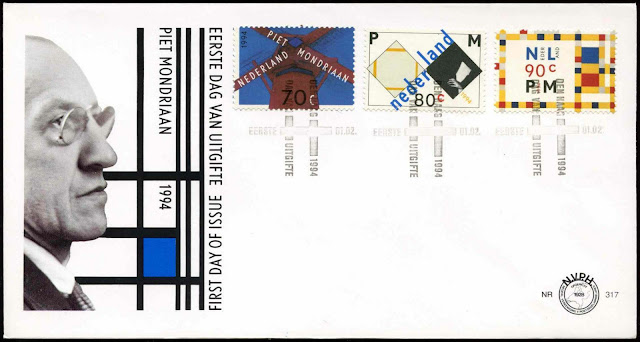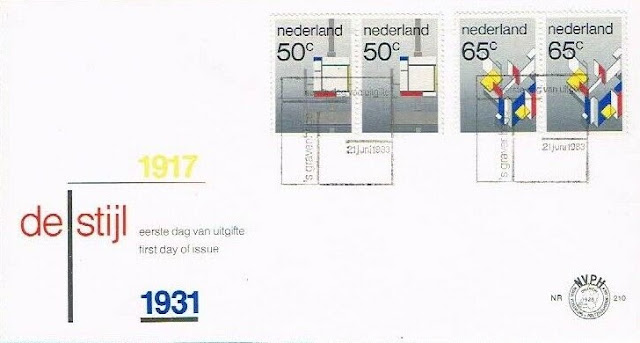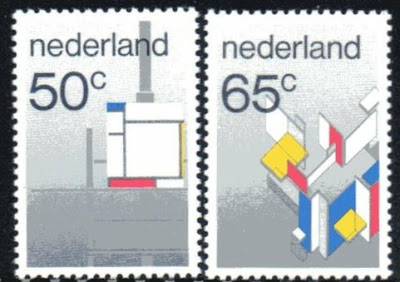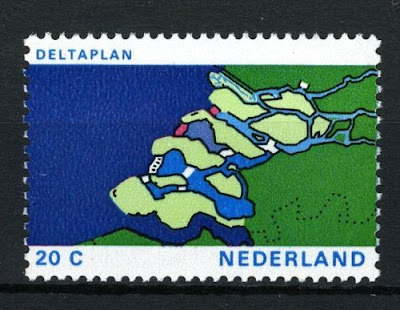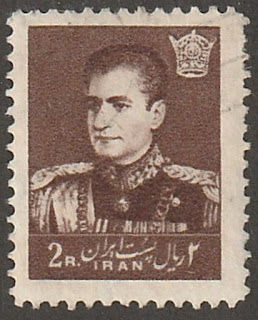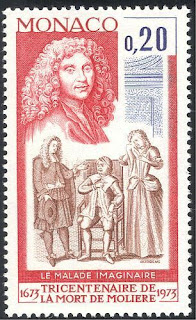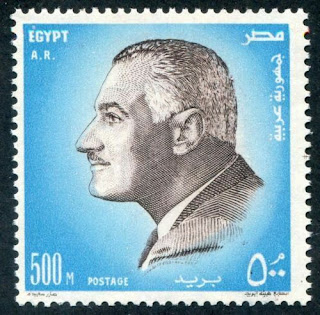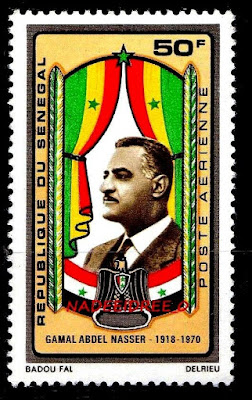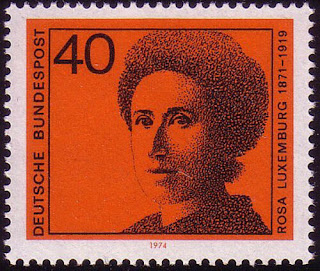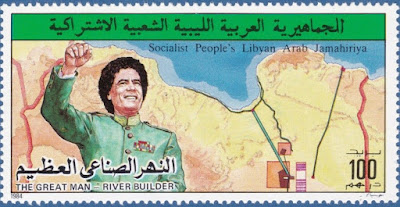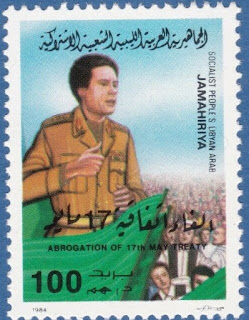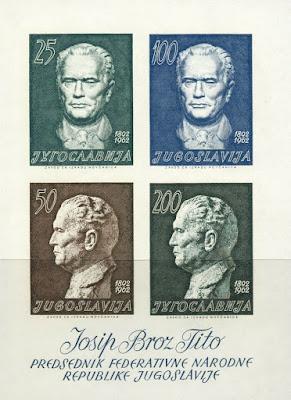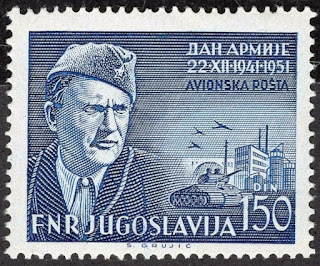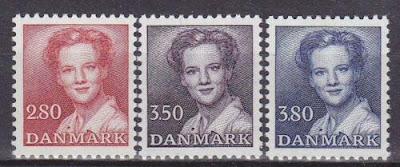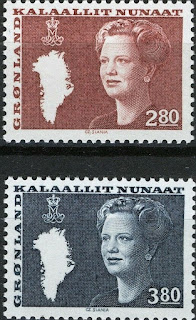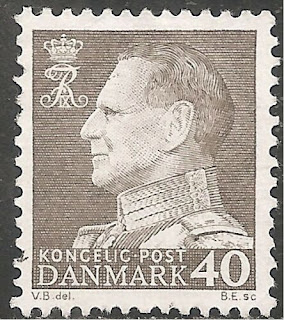Here are some events that happened on January 14th. It could be an event or a person that died or was born on that day
1742 Died: Edmond Halley, English astronomer, geophysicist, mathematician, meteorologist, and physicist (b. 1656)
Edmond (or Edmund) Halley (8 November [O.S. 29 October] 1656 – 25 January 1742 [O.S. 14 January 1741]) was an English astronomer, geophysicist, mathematician, meteorologist, and physicist. He was the second Astronomer Royal in Britain, succeeding John Flamsteed in 1720.
From an observatory he constructed on Saint Helena, Halley recorded a transit of Mercury across the Sun. He realised a similar transit of Venus could be used to determine the size of the Solar System. He also used his observations to expand contemporary star maps. He aided in observationally proving Isaac Newton's laws of motion, and funded the publication of Newton's influential Philosophiæ Naturalis Principia Mathematica. From his September 1682 observations, he used the laws of motion to compute the periodicity of Halley's Comet in his 1705 Synopsis of the Astronomy of Comets. It was named after him upon its predicted return in 1758, which he did not live to see.
Beginning in 1698, he made sailing expeditions and made observations on the conditions of terrestrial magnetism. In 1718, he discovered the proper motion of the "fixed" stars
Stamps from Germany, Russia and San Marino depicting Halley's Comet
1874 Died: Johann Philipp Reis, German physicist and academic, invented the Reis telephone (b. 1834)
Johann Philipp Reis (January 7, 1834 – January 14, 1874) was a self-taught German scientist and inventor. In 1861, he constructed the first make-and-break telephone, today called the Reis telephone.
In 1878, four years after his death and two years after Bell received his first telephone patent, European scientists dedicated a monument to Philip Reis as the inventor of the telephone.
Documents of 1947 in London's Science Museum later showed that after their technical adjustments, engineers from the British firm Standard Telephones and Cables (STC) found Reis' telephone dating from 1863 could transmit and "reproduce speech of good quality, but of low efficiency".
Sir Frank Gill, then chairman of STC, ordered the tests to be kept secret, as STC was then negotiating with AT&T, which had evolved from the Bell Telephone Company, created by Alexander Graham Bell. Professor Bell was generally accepted as having invented the telephone and Gill thought that evidence to the contrary might disrupt the ongoing negotiations.
1875 Born: Albert Schweitzer, French-Gabonese physician and philosopher, Nobel Prize laureate (d. 1965)
Albert Schweitzer (14 January 1875 – 4 September 1965) was an Alsatian polymath. He was a theologian, organist, writer, humanitarian, philosopher, and physician. A Lutheran, Schweitzer challenged both the secular view of Jesus as depicted by the historical-critical method current at this time, as well as the traditional Christian view. His contributions to the interpretation of Pauline Christianity concern the role of Paul's mysticism of "being in Christ" as primary and the doctrine of Justification by Faith as secondary.
He received the 1952 Nobel Peace Prize for his philosophy of "Reverence for Life", becoming the eighth Frenchman to be awarded that prize. His philosophy was expressed in many ways, but most famously in founding and sustaining the Albert Schweitzer Hospital in Lambaréné, in the part of French Equatorial Africa which is now Gabon. As a music scholar and organist, he studied the music of German composer Johann Sebastian Bach and influenced the Organ Reform Movement (Orgelbewegung).
German stamp issued to commemorate Albert Schweitzer
1953 – Josip Broz Tito is inaugurated as the first President of Yugoslavia.
Josip Broz (7 May 1892 – 4 May 1980), commonly known as Tito, was a Yugoslav communist revolutionary and statesman, serving in various roles from 1943 until his death in 1980. During World War II, he was the leader of the Partisans, often regarded as the most effective resistance movement in occupied Europe. While his presidency has been criticized as authoritarian and concerns about the repression of political opponents have been raised, Tito has traditionally been seen as a benevolent dictator.
He was a popular public figure both in Yugoslavia and abroad. Viewed as a unifying symbol, his internal policies maintained the peaceful coexistence of the nations of the Yugoslav federation. He gained further international attention as the chief leader of the Non-Aligned Movement, alongside Jawaharlal Nehru of India, Gamal Abdel Nasser of Egypt, and Kwame Nkrumah of Ghana.
Broz was born to a Croat father and Slovene mother in the village of Kumrovec, Austria-Hungary (now in Croatia). Drafted into military service, he distinguished himself, becoming the youngest sergeant major in the Austro-Hungarian Army of that time. After being seriously wounded and captured by the Imperial Russians during World War I, he was sent to a work camp in the Ural Mountains. He participated in some events of the Russian Revolution in 1917 and subsequent Civil War.
Upon his return to the Balkans in 1918, Broz entered the newly established Kingdom of Yugoslavia, where he joined the Communist Party of Yugoslavia (KPJ). He later was elected as General Secretary (later Chairman of the Presidium) of the League of Communists of Yugoslavia (1939–1980). During World War II, after the Nazi invasion of the area, he led the Yugoslav guerrilla movement, the Partisans (1941–1945).
After the war, he was selected as Prime Minister (1944–1963), and President (later President for Life) (1953–1980) of the Socialist Federal Republic of Yugoslavia (SFRY). From 1943 to his death in 1980, Tito held the rank of Marshal of Yugoslavia, serving as the supreme commander of the Yugoslav military, the Yugoslav People's Army (JNA). With a highly favourable reputation abroad in both Cold War blocs, he received some 98 foreign decorations, including the Legion of Honour and the Order of the Bath.
Tito was the chief architect of the second Yugoslavia, a socialist federation that lasted from November 1943 until April 1992. Despite being one of the founders of Cominform, he became the first Cominform member to defy Soviet hegemony in 1948. He was the only leader in Joseph Stalin's time to leave Cominform and begin with his country's own socialist program, which contained elements of market socialism. Economists active in the former Yugoslavia, including Czech-born Jaroslav Vanek and Yugoslav-born Branko Horvat, promoted a model of market socialism that was dubbed the Illyrian model. Firms were socially owned by their employees and structured on workers' self-management; they competed in open and free markets.
Tito built a very powerful cult of personality around himself, which was maintained by the League of Communists of Yugoslavia after his death.
Tito managed to keep ethnic tensions under control by delegating as much power as possible to each republic. The 1974 Yugoslav Constitution defined SFR Yugoslavia as a "federal republic of equal nations and nationalities, freely united on the principle of brotherhood and unity in achieving specific and common interest." Each republic was also given the right to self-determination and secession if done through legal channels. Lastly, Kosovo and Vojvodina, the two constituent provinces of Serbia, received substantially increased autonomy, including de facto veto power in the Serbian parliament.
Ten years after his death, Communism collapsed in Eastern Europe, and Yugoslavia descended into civil war.
Stamps from Yugoslavia depicting Tito
1957 Died: Humphrey Bogart, American actor (b. 1899)
Humphrey DeForest Bogart (December 25, 1899 – January 14, 1957) was an American film and stage actor. His performances in Classical Hollywood cinema films made him an American cultural icon. In 1999, the American Film Institute selected Bogart as the greatest male star of classic American cinema.
Bogart began acting in Broadway shows, beginning his career in motion pictures with Up the River (1930) for Fox. Bogart appeared in supporting roles for the next decade, sometimes portraying gangsters. Bogart was praised for his work as Duke Mantee in The Petrified Forest (1936), but remained secondary to other actors Warner Bros. cast in lead roles.
His breakthrough from supporting roles to stardom came with High Sierra (1941) and The Maltese Falcon (1941), considered one of the first great noir films. Bogart's private detectives, Sam Spade (in The Maltese Falcon) and Phillip Marlowe (in 1946's The Big Sleep), became the models for detectives in other noir films. His most significant romantic lead role was with Ingrid Bergman in Casablanca (1942), which earned him his first nomination for the Academy Award for Best Actor. Bogart and 19-year-old Lauren Bacall fell in love when they filmed To Have and Have Not (1944); soon after the main filming for The Big Sleep (1946, their second film together), he filed for divorce from his third wife and married Bacall. After their marriage, she played his love interest in Dark Passage (1947) and Key Largo (1948).
Bogart's performances in The Treasure of the Sierra Madre (1948) and In a Lonely Place (1950) are now considered among his best, although they were not recognized as such when the films were released. He reprised those unsettled, unstable characters as a World War II naval-vessel commander in The Caine Mutiny (1954), which was a critical and commercial hit and earned him another Best Actor nomination. As a cantankerous river steam launch skipper with Katharine Hepburn's missionary in the World War I adventure The African Queen (1951), Bogart received the Academy Award for Best Actor. In his later years, significant roles included The Barefoot Contessa with Ava Gardner and his on-screen competition with William Holden for Audrey Hepburn in Sabrina (1954). A heavy smoker and drinker, Bogart died from esophageal cancer in January 1957.
US sheet depicting Humphrey Bogart
1972 – Queen Margrethe II of Denmark ascends the throne, the first Queen of Denmark since 1412 and the first Danish monarch not named Frederick or Christian since 1513.
Margrethe II (Danish: Margrethe 2; Greenlandic: Margrethe II; Faroese: Margreta 2.; full name: Margrethe Alexandrine Þórhildur Ingrid; born 16 April 1940) is the Queen of Denmark, as well as the supreme authority of the Church of Denmark and Commander-in-Chief of the Danish Defence. Born into the House of Glücksburg, a royal house with origins in Northern Germany, she was the eldest child of Frederick IX of Denmark and Ingrid of Sweden. She became heir presumptive to her father in 1953, when a constitutional amendment allowed women to inherit the throne.
Margrethe succeeded her father upon his death on 14 January 1972. On her accession, she became the first female monarch of Denmark since Margrethe I, ruler of the Scandinavian kingdoms in 1375–1412 during the Kalmar Union. In 1967, she married Henri de Laborde de Monpezat, with whom she has two sons: Crown Prince Frederik and Prince Joachim. She has been on the Danish throne for 47 years, becoming the second-longest-reigning Danish monarch after her ancestor Christian IV.
Stamps from Denmark and Greenland depicting Margrethe II
1972 Died: Frederick IX of Denmark (b. 1899)
Frederick IX (Christian Frederik Franz Michael Carl Valdemar Georg; 11 March 1899 – 14 January 1972) was King of Denmark from 1947 to 1972.
Born into the House of Glücksburg, Frederick was the elder son of King Christian X and Queen Alexandrine of Denmark. He became crown prince when his father succeeded as king in 1912. As a young man, he was educated at the Royal Danish Naval Academy. In 1935, he was married to Princess Ingrid of Sweden and they had three daughters, Margrethe, Benedikte and Anne-Marie. During Nazi Germany's occupation of Denmark, Frederick acted as regent on behalf of his father from 1942 until 1943.
Frederick became king on his father's death in early 1947. During Frederick IX's reign Danish society changed rapidly, the welfare state was expanded and, as a consequence of the booming economy of the 1960s, women entered the labour market. The modernization brought new demands on the monarchy and Frederick's role as a constitutional monarch. Frederick IX died in 1972, and was succeeded by his eldest daughter, Margrethe II.
Stamps from Denmark and Greenland depicting Frederick IX








